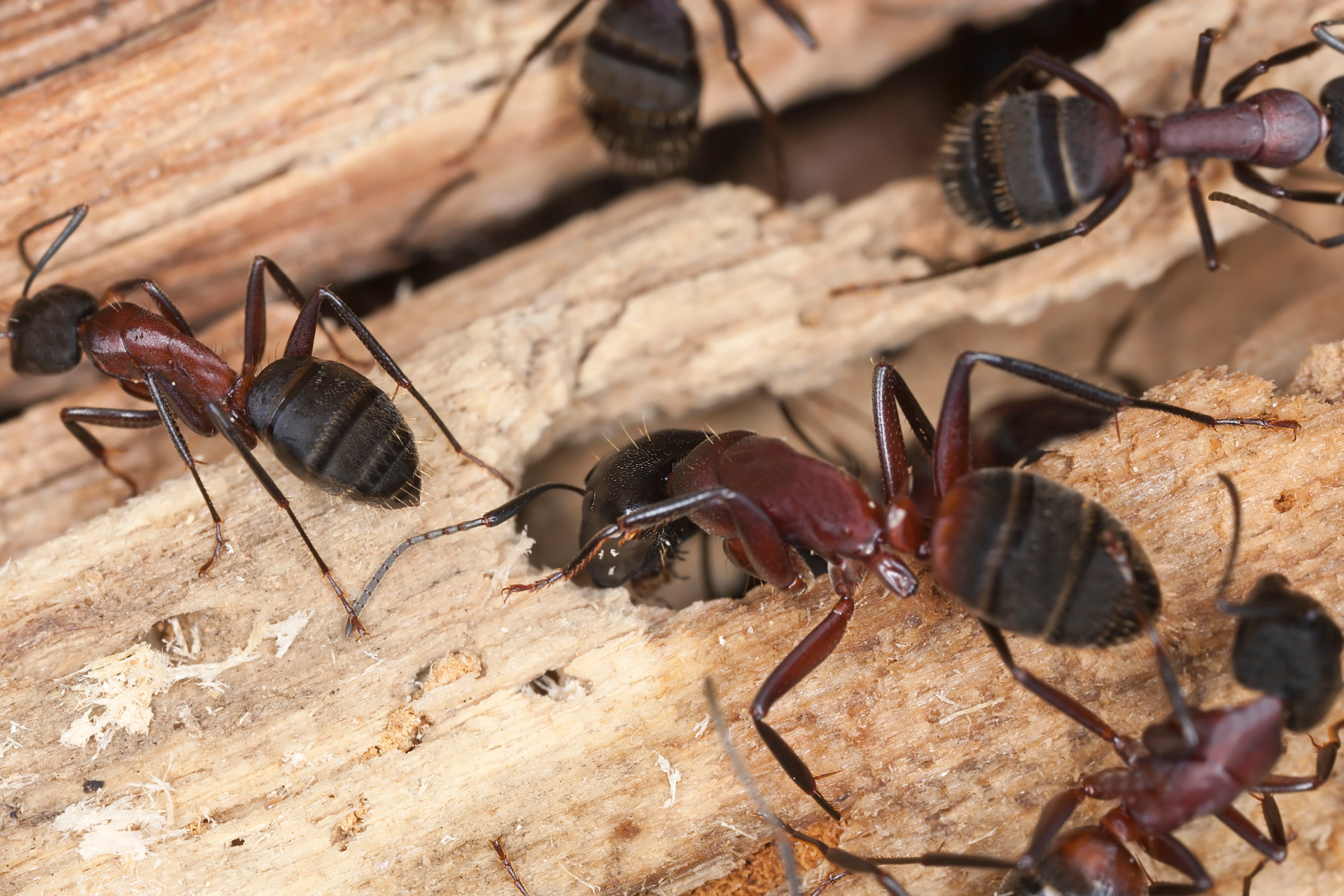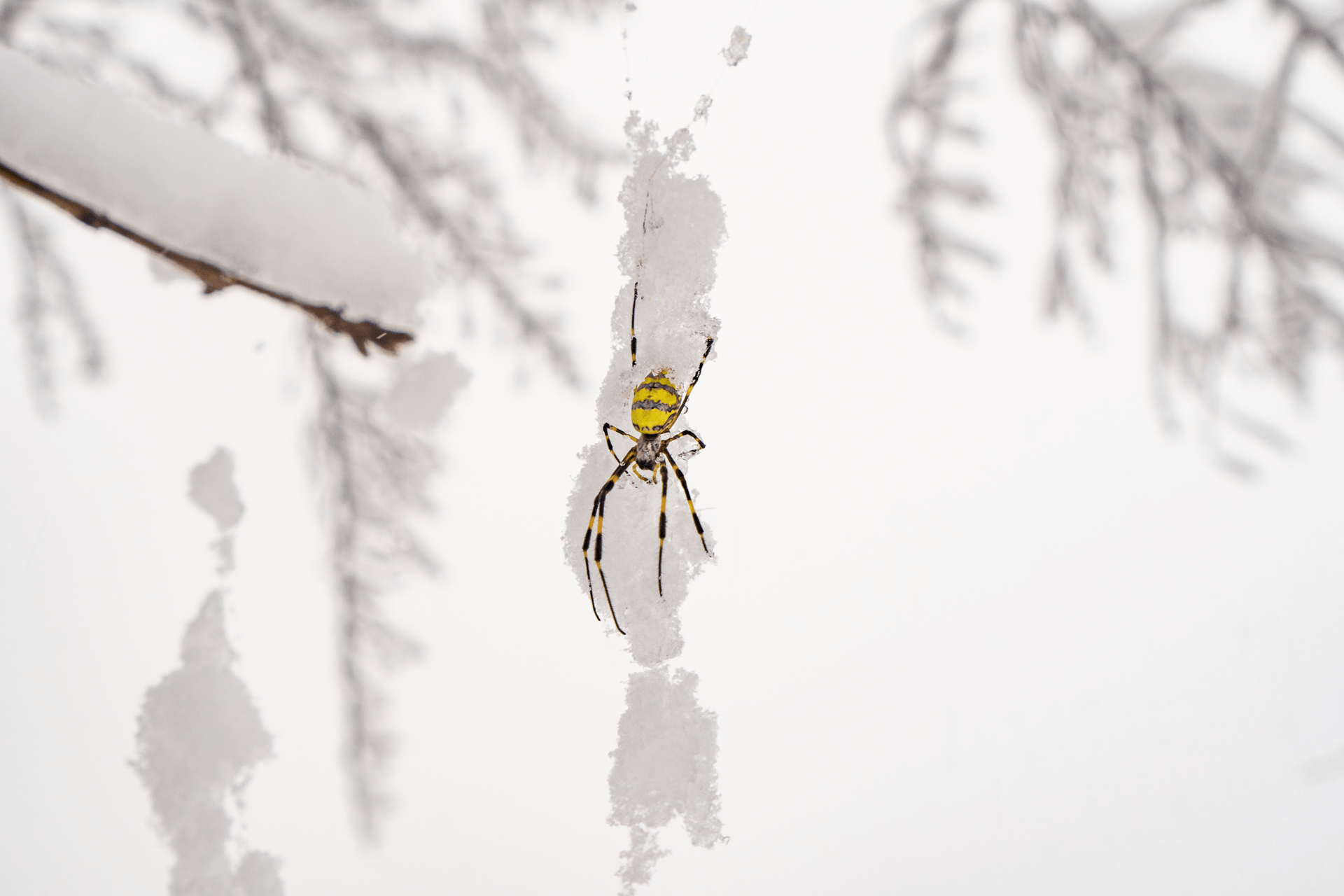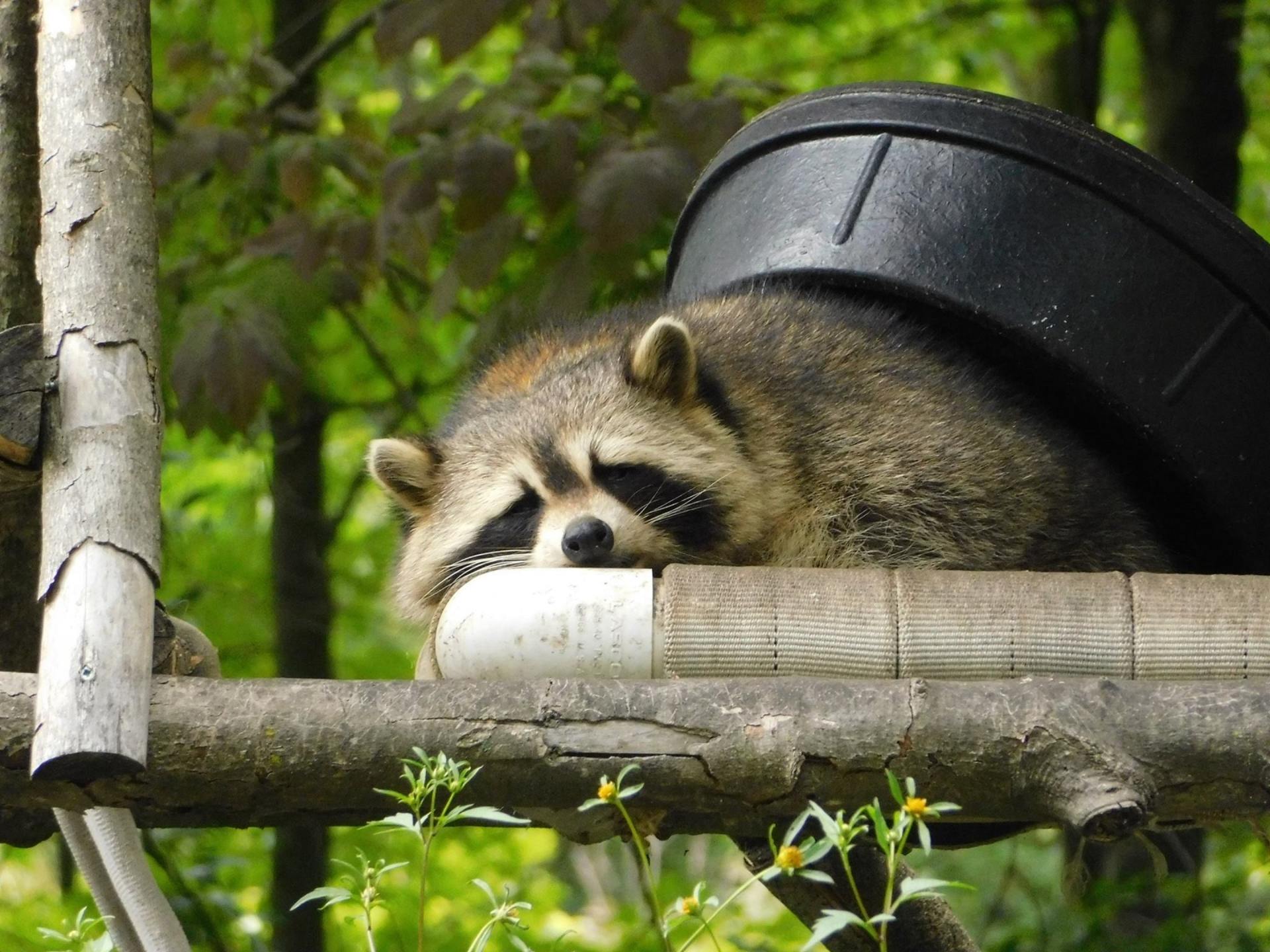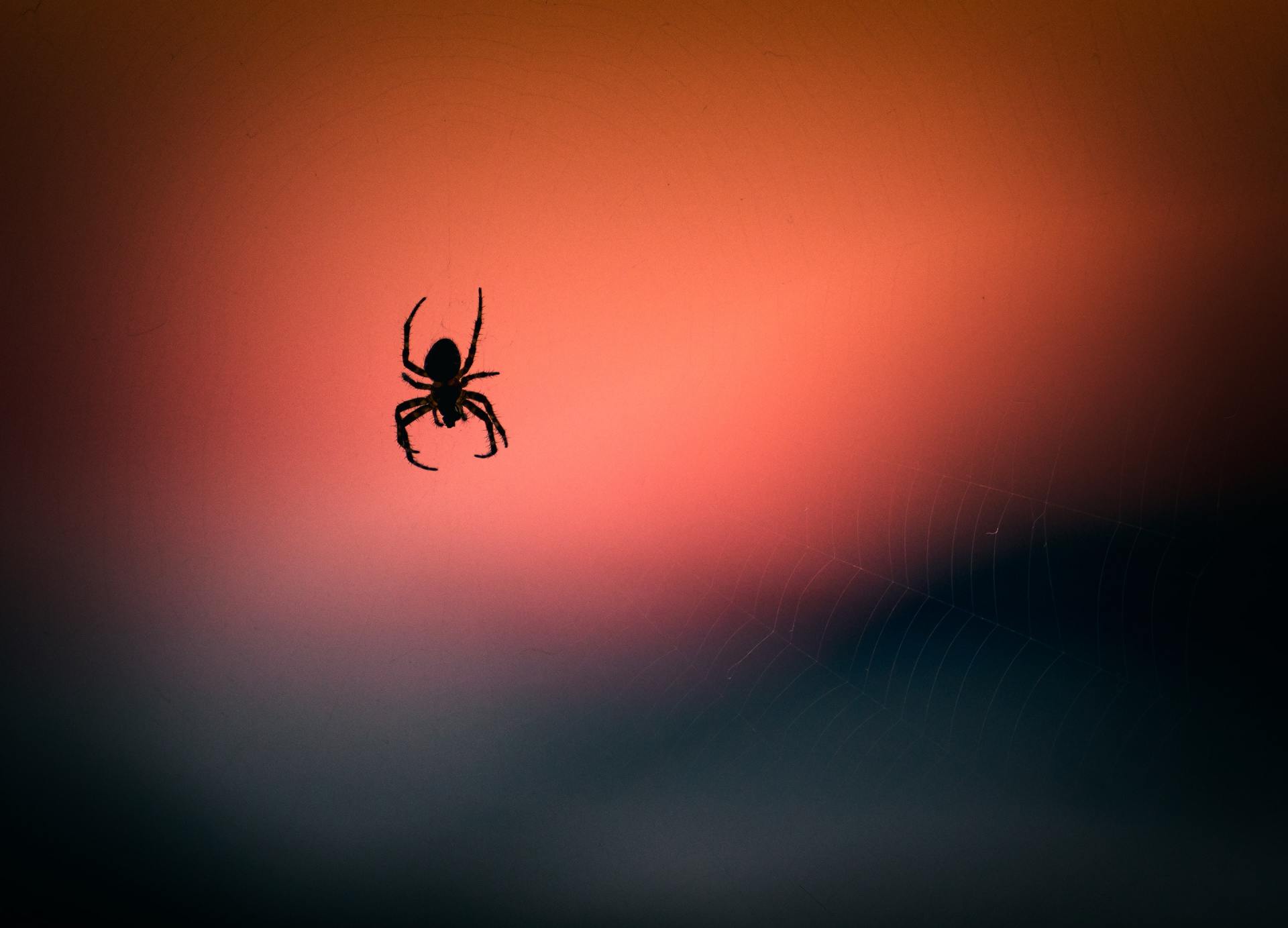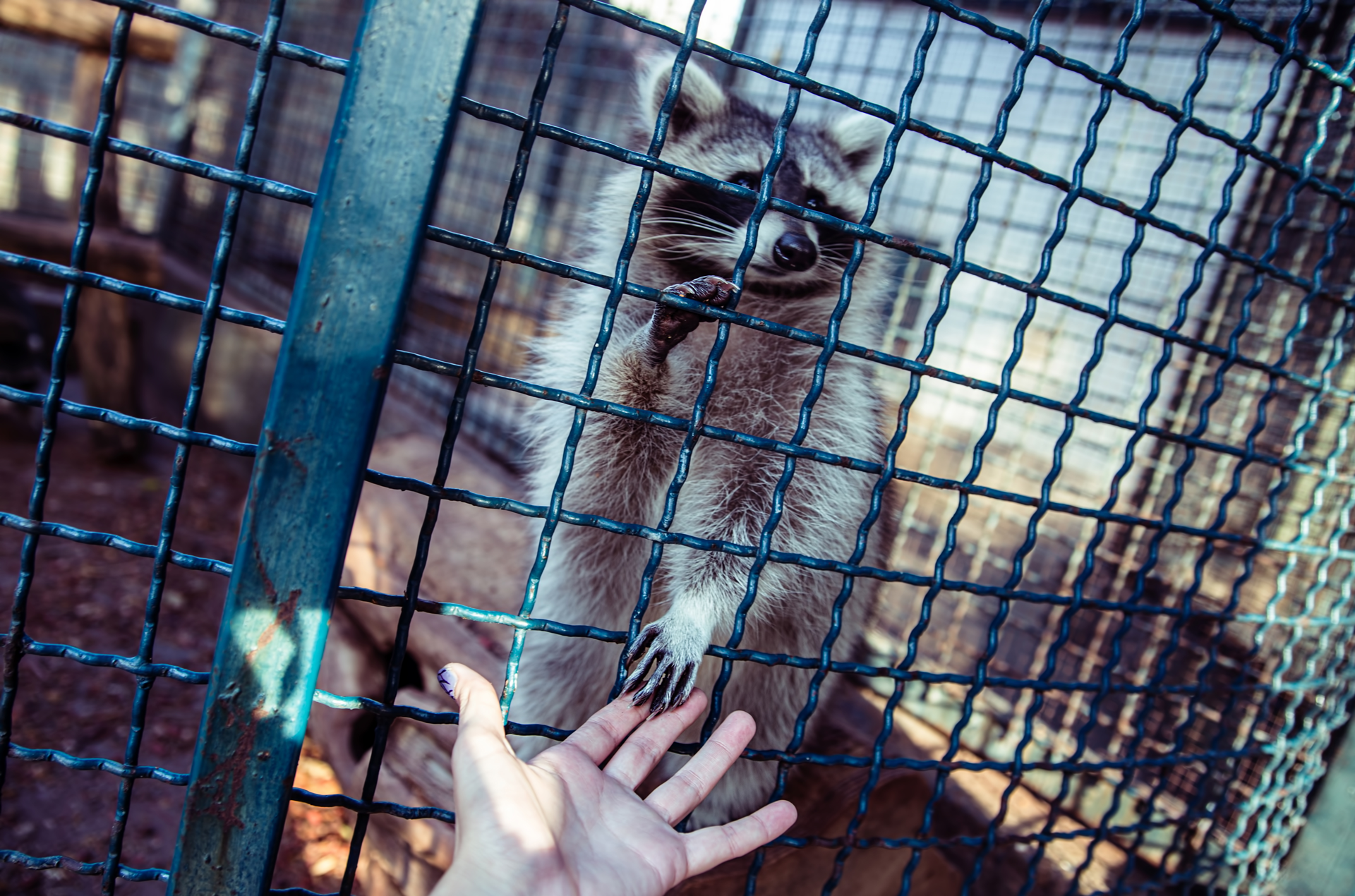Murder Hornets
North America is begrudgingly welcoming a new species: the "Asian Murder Hornet." At the most inopportune time, Vespa Mandarinia, the hornet's scientific name, has made its way westward from its native habitats in East Asian and Middle Eastern countries, including Japan and Pakistan. The first sightings of the insect were made late last year in Canada and Washington state, and rising tensions have surrounded the species invasion since then.
One of the most notable attributes of the Asian Murder Hornet is its massive size. It is currently believed to be the biggest wasp in the world – which is why its primary common name is the "Asian Giant Hornet." These orange and black insects can get up to 2 inches in length, significantly bigger than the once-biggest hornet in North America at 1.5 inches, the European Hornet Their route of travel to the U.S. is still unknown, and scientists fear that the species may continue expanding outside of Washington.
So, what has earned them the name "murder hornets?" This frightful name stems directly from their reputation of violence against bee colonies and the unique dangers they pose to humans. They are equipped with a toxic venom that is responsible for about 30-50 deaths each year. During an unusual population boom in 2013, envenomation
from the giant hornet's sting resulted in the deaths of 42 people.
While people are worried about the potential damage this insect can inflict on them, the Asian Giant Hornet is also well known for its inclination to attack bee colonies. Fears are rising over native and naturalized bees' safety, as this hornet has been observed to make quick work of honeybee colonies in their native habitats. Though bees are not the only insects in their diet, the murder hornets certainly do take a strong liking to the pollinator. They've been observed to execute a "slaughter phase" upon encountering a colony of honeybees. During this time, they serially decapitate bees using their enormous mandibles. With all wasps working together, they can take out an entire colony in 90 minutes or less. After the bees occupying the hive are dead, the hornets then switch to a feeding phase, residing in the hive for an average of one week. Both adults and juveniles feed on the pupae and larvae of the bee colony.
It's important to realize that, although these are genuine risks presented by this species, take the name "murder hornet" with a grain of salt. Exercising caution if you spot this insect is essential, but it should not result in you being unnecessarily fearful of wasps in general. Experts are expressing concern
over the public's inability to look past the scary name and understand the risks it could pose to the North American ecosystem. We may be seeing an expansion of this species like the one that allowed them to establish themselves as an invasive species in nations adjacent to their native habitat, such as South Korea. This species can spread relatively fast, too.
Part of an invasive species' success lies in its ability to outcompete the species native to the area into which it is immigrating. One of the traits supporting the hornet's incredible success is its ability to fly relatively long distances. All wasps in the colony, apart from the queen, can fly up to six miles away from their hives in search of food or a new nesting location. With the wide variety of insects that make up their diet, their ability to travel far without being very picky for resources enhances their survival capabilities.
They are benefited by the fact that they also face very little ecological resistance. While Japanese Honeybees have developed natural defenses against the murder hornet due to a millennia's evolution, North American insects don't have this same advantage. European Honeybees, one of the most common bee species in North America and a prominent commercial pollinator, have no known defense against the species. Since many of the region's bees are already facing heightened competition for resources and existing ecological competition, the addition of the murder hornet could mean bad news.
Fortunately, there have only been two sightings of the Asian Giant Hornet in North America so far. Still, remain vigilant, and never attempt to get rid of or engage the insect if you encounter it. Upon viewing this species in the St. Joseph, Cass, Kalamazoo, and Branch counties, call the experts at Stratex Pest Control. Our emergency services are available 24 hours to ensure you remain safe and comfortable in your home.



